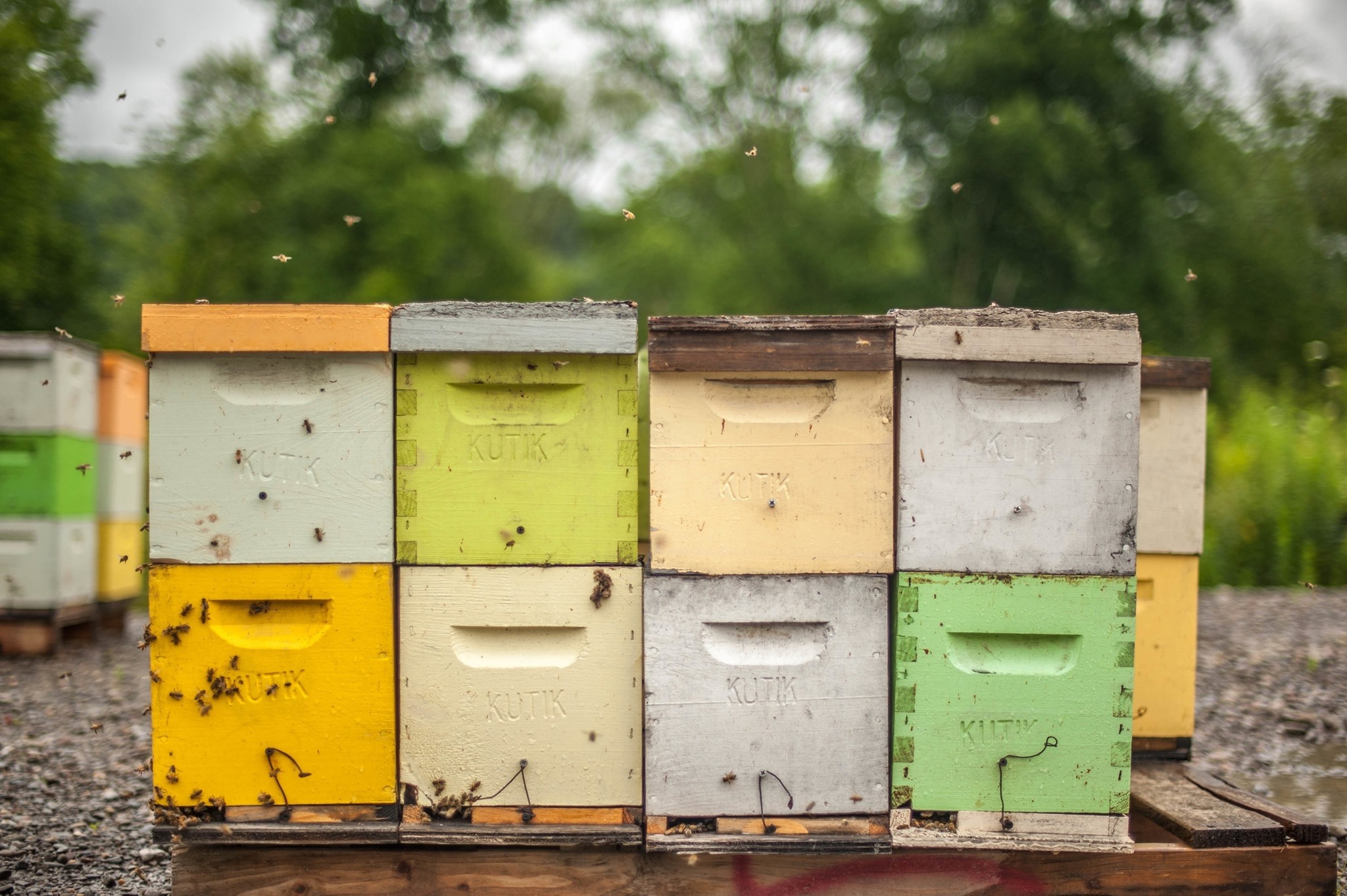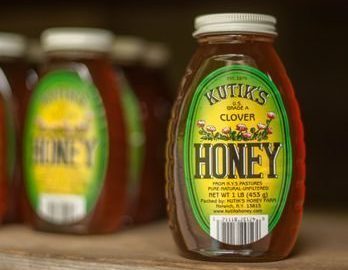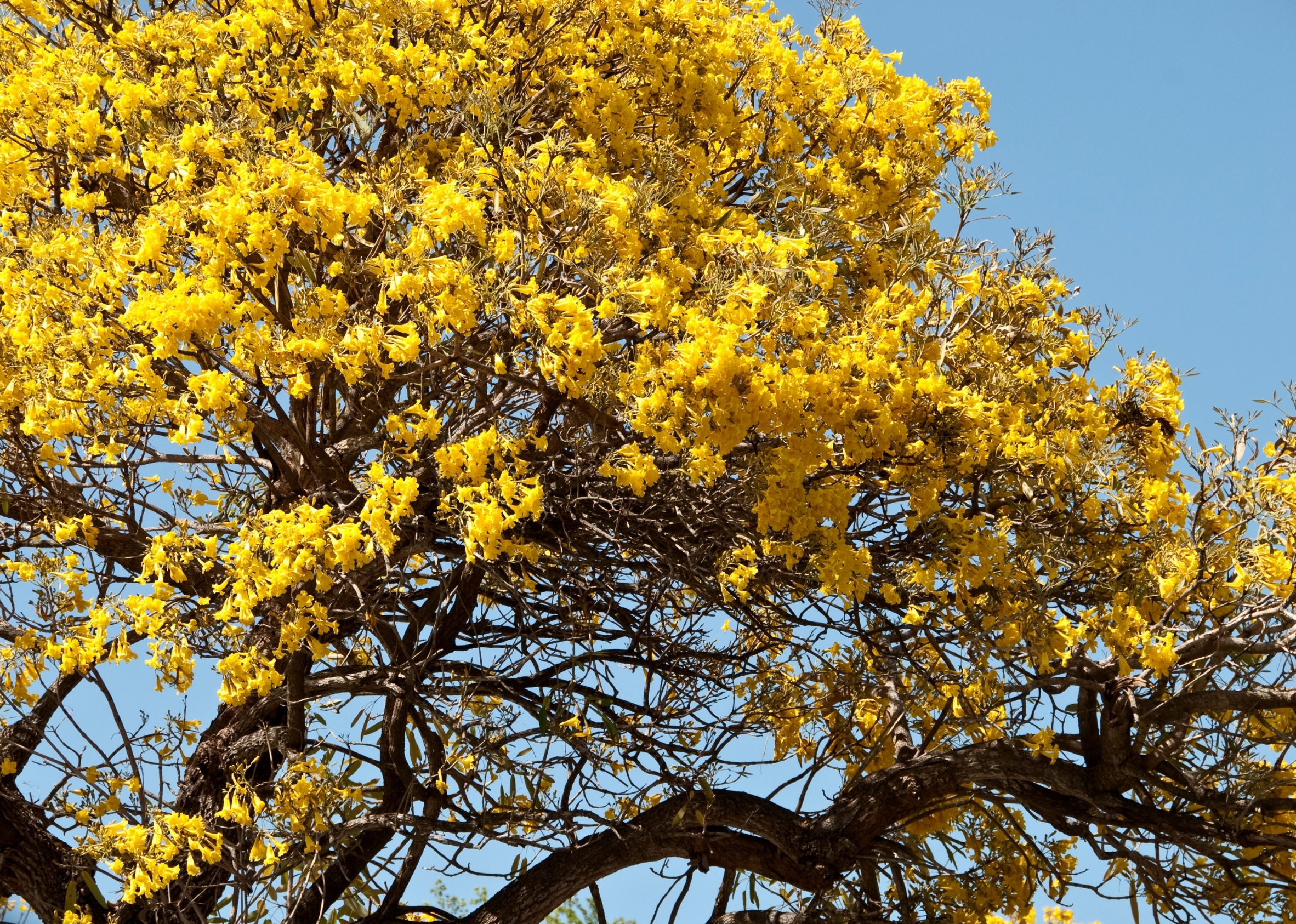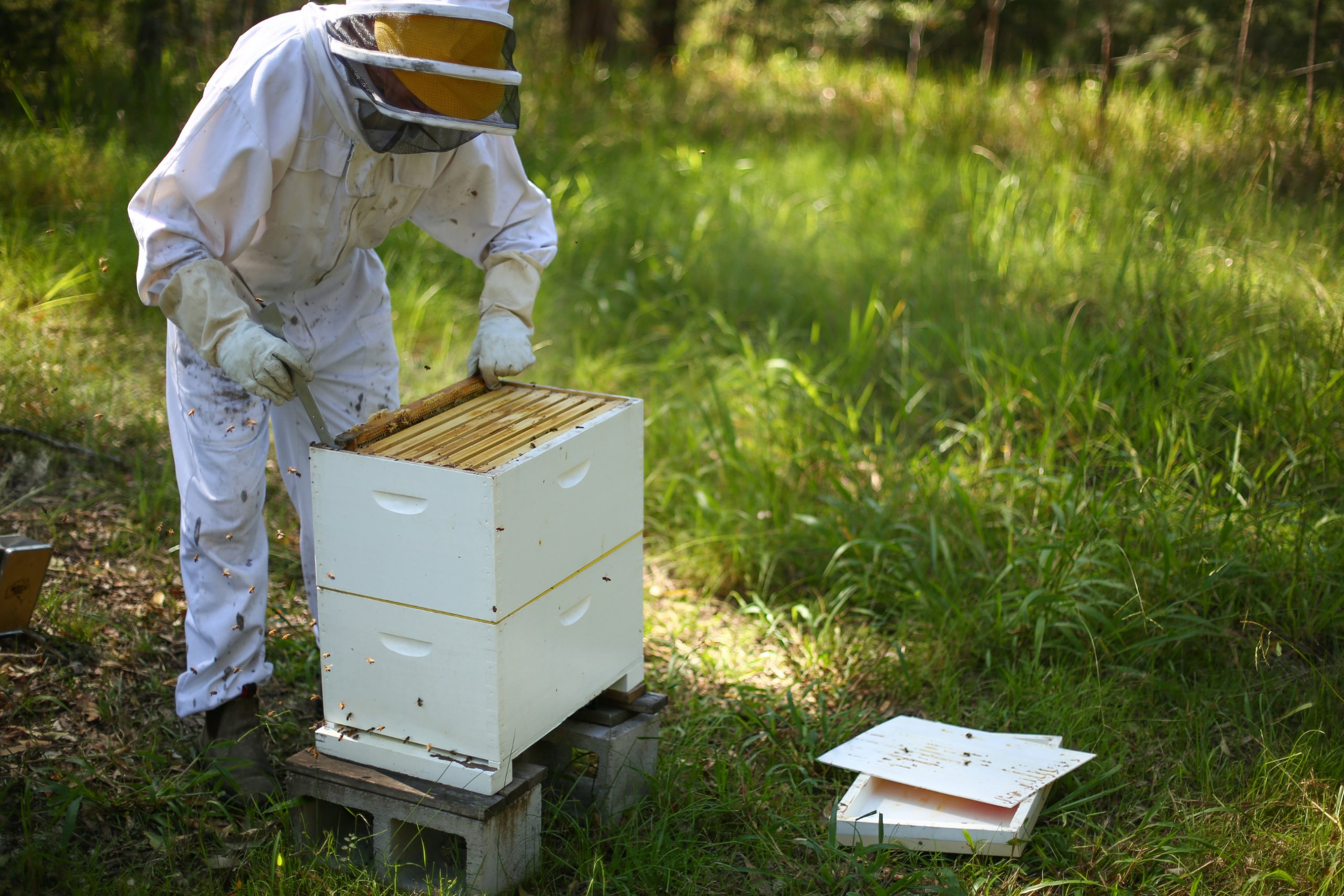
New York is an important honey producer state in the USA. As per the USDA reports of 2018, the state produced 3.4 million pounds of honey from nearly 60,000 honey-producing colonies, in addition to colonies that moved in and out of state.
When Did New York Begin Producing Honey?
Honey bees first arrived in North America with the advent of European colonisers in the sixteenth century. The first documented presence of honey bees on the east coast of what would become the United States is in 1622, when English colonists brought bee colonies to Massachusetts, reaching New York by 1670.
Honey has been produced in the Empire State for hundreds of years since then, and honey farming has a vibrant history in New York, with many individuals taking up beekeeping as both a hobby and a profession.
How Much Honey Does the State Produce?
Honey bees in New York, like most other bee species, pollinate and gather nectar for the purposes of their own survival. Pollen is a critical resource for bees’ development, and it is a vital protein resource for hive members.
Nectar becomes honey, which the bees depend on as an energy source. Bees store this honey in combs so that they can use it during dry months when food is scarce. Of course, in addition to this, honey bee populations managed by beekeepers do produce honey for commercial purposes.
New York is a significant producer of honey. The USDA reports that the state produced 3.4 million pounds of honey in 2018 from nearly 60,000 honey-producing colonies, in addition to colonies that moved in and out of state.
What Are the Main Types of Honey Produced in New York?
New York bees produce a variety of honey, based on local floral life. These include buckwheat, clover, and wildflower honey. Flowers sourced from other states are also popular among apiaries and beekeepers throughout New York. Honey produced from these flowers includes Florida orange blossom honey, mangrove honey, avocado honey, and tupelo honey.


Is New York Honey Produced Seasonally, Or Is It Produced All Year Round?
Although honey is produced all year in New York, it is primarily harvested in the middle of the summer, around the end of July and the beginning of August. This is when bees produce the most surplus honey in preparation for the cold winter, during which time it is difficult, if not impossible, for them to forage due to the low temperatures. The winter season is typically a slower time for honey production because of the lack of heat, which discourages bees from physical activity.
Which Bees Create New York Honey?
New York honey is produced by the European honey bee (Apis mellifera) and its subspecies. Also known as the Western honey bee, Apis mellifera has several variations, such as the German honey bee (A. mellifera mellifera), the Carniolan (A mellifera carnica), and the most popular across the country, the Italian honey bee (A. mellifera ligustica).
Which Honey Bees, Plants, and Trees Are Native to New York?
There are more than 400 different bee species that live in New York. Some studies estimate that there are as many as 450 or 500 unique species. These include a diverse range of native bees and bees that have origins in other parts of the world. New York has hundreds of native bee species such as digger bees, mason bees, and resin bees.
However, as in the rest of the United States, no honey-producing bees are native to the state. Honey in the state is produced by the European honeybee, Apis mellifera, and its numerous subspecies, which were introduced to the area with the arrival of the first colonists.
Many plants and trees native to the Northeastern states are beneficial to pollinators like honey bees. Below is a list of some of the most pollinator-friendly plants native to New York:
| Cercis canadensis - known as Eastern Redbud | Amelanchier - known as Serviceberry |
|---|---|
| Cornus florida - known as Flowering Dogwood | Prunus americana - known as American Plum |
| Prunus virginiana - known as Chokecherry | Prunus serotina - known as Black Cherry |
| Malus floribunda - known as Crabapple Trees | Cratageus - known as Hawthorn |
| Asclepias syriaca - known as Common Milkweed | Castanea dentata - known as American Chestnut |
| Viburnum prunifolium - known as Blackhaw Viburnum | Aesculus glabra - known as Ohio Buckeye |
| Aesculus flava - known as Yellow Buckeye | Robinia pseudoacacia - known as Black Locust |
| Liriodendron tulipifera - known as Tulip Tree | Catalpa speciosa - known as Northern Catalpa |
In addition to this native plant life, many beekeepers in New York outsource plants from other states and even other countries to provide their bees with plentiful sources of nectar and pollen.


Are There Any Major Farms or Apiaries in the State?
With its long history of producing honey, New York state is home to a handful of major honey farms, apiaries, and businesses, including several companies that have been in business for a century or longer. Below are a few of the major apiaries and honey-sellers in the state:
- Kutik’s in Oxford – in business for over 40 years
- Wee Bee Honey in Cowlesville – in business since 1892
- Howland’s Honey in Berkshire – in business since 1930
- Brighton Honey in Rochester – in business since 2015
- Laura’s Raw Honey in Rochester – in business for four generations, in current iteration since 2015
- Rockland Honey in West Nyack
What Sort of Environment Is Needed to Produce New York Honey?
Domesticated European honey bees can thrive in most environments so long as they are properly provided with the nutrients to sustain themselves.
One struggle that beekeepers in New York must face is the weather. The climate of New York varies widely through the years, with average temperatures ranging from the high 30s to the low 80s Fahrenheit throughout the year. Regardless of the weather, bees need a consistent source of sunlight to thrive and move around freely to gather resources.
Many beekeepers solve this issue by moving their colonies during winter to different locations of angles so that their bees can receive sunlight. The cold also discourages bees from going out and foraging on their own, meaning that beekeepers need to provide their colonies with a consistent food source during cooler seasons.

There are numerous safety regulations that beekeepers must comply with to legally produce honey in New York. Beekeeping is legal in all parts of the state, even including New York City, which only decriminalised beekeeping within city limits in 2010.
To keep bees in New York City, beekeepers must comply with a number of legislative guidelines and safety restrictions. Beekeepers must notify the City of New York as well as the State if they are keeping beehives in the five boroughs. Hives must also be located out of the way of pedestrians and not pose an active threat to pedestrians.
Lastly, the state and local governments forbid mistreatment of bees and will penalise beekeepers for deceased or abandoned bee colonies. Outside of the city, commercial, part-time, and hobbyist beekeepers are all supervised by a committee as established in Article 15 of the Agriculture and Markets Law.







